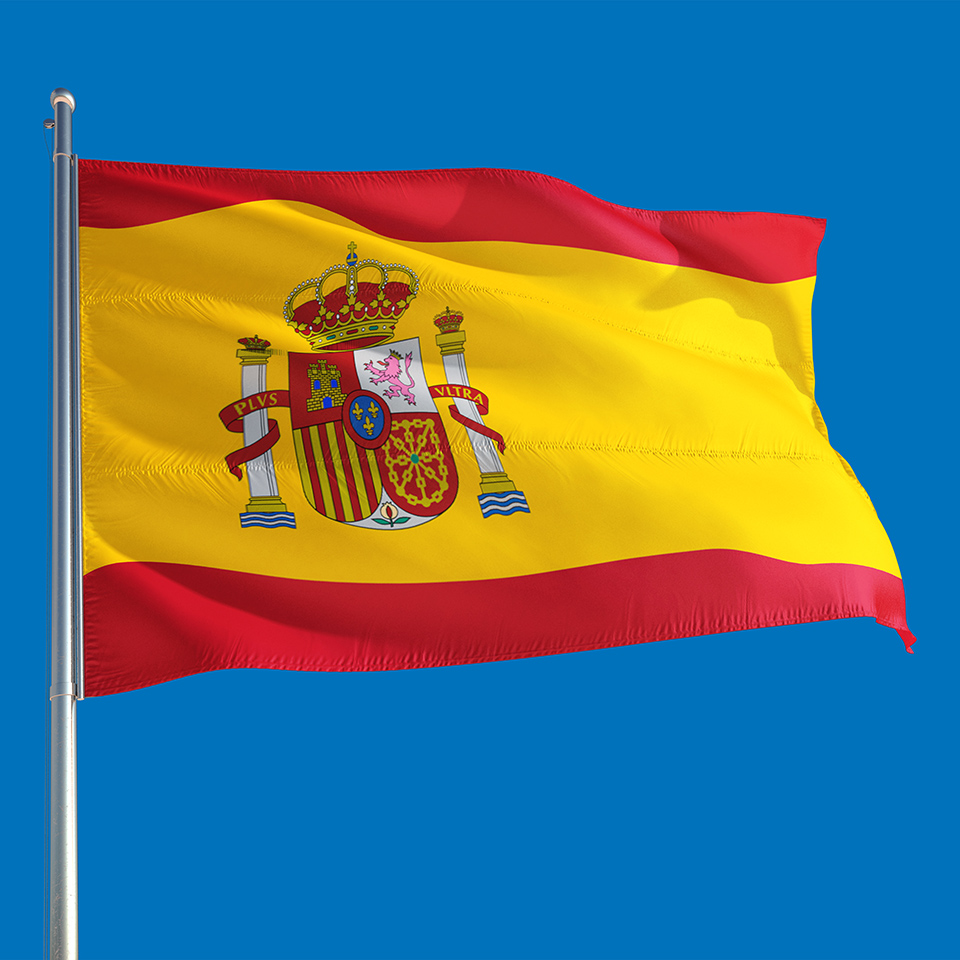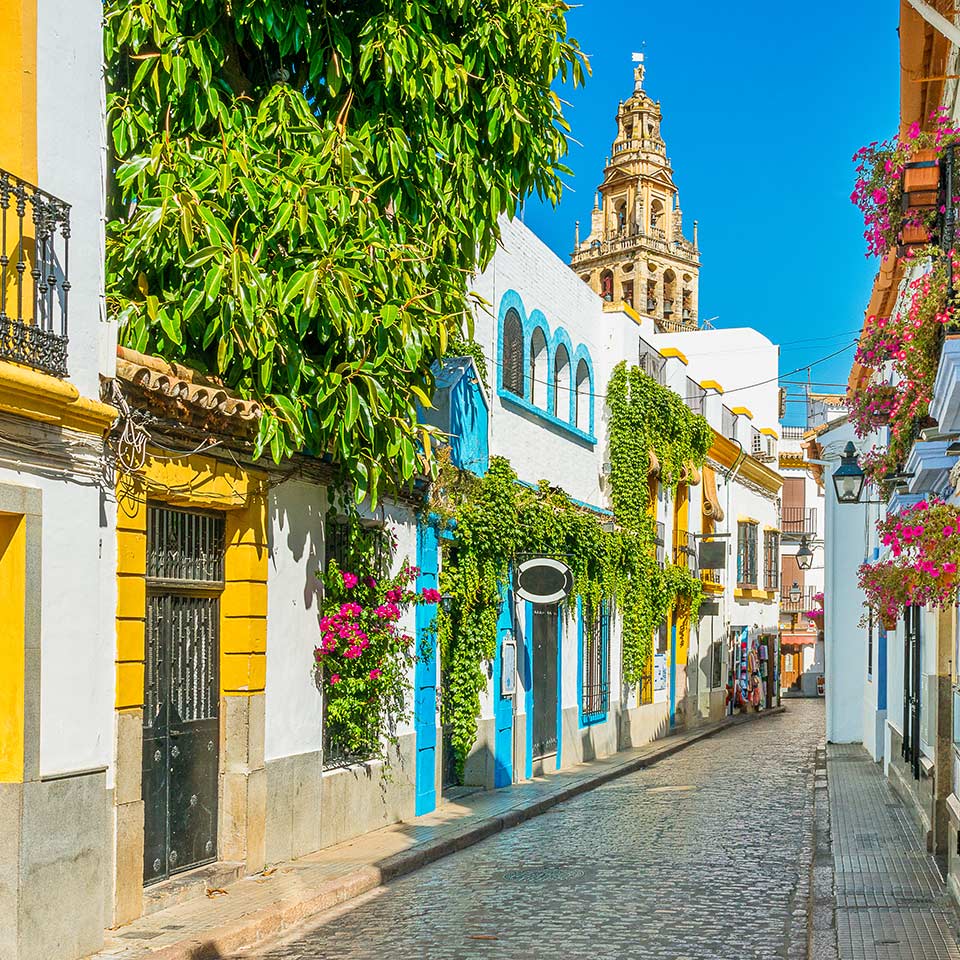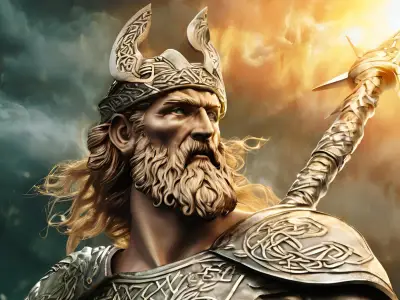The Spanish language is one of the world's most widely spoken languages, with over 580 million speakers scattered across diverse regions that include Spain, Latin America, and parts of the United States.
Jump to:

The Origins of Spanish
One of the most significant contributors to the development of Spanish was Latin, introduced by the Romans during their conquest of the region in the 3rd century BCE. As Roman settlements flourished and cultural exchange took place, local languages intertwined with Latin, giving birth to a new vernacular known as Vulgar Latin. This form of Latin served as the foundation for the emergence of various Romance languages, including Spanish.
The Roman impact on the region also extended beyond language. The Romans brought advancements in infrastructure, governance, and culture. As Latin became the lingua franca (i.e. a language that enables communication between peoples who do not share a first language) for administration and trade, its influence seeped into the daily lives and communication of the people, gradually shaping their spoken language.
However, the evolution of Spanish did not solely hinge on Latin; the Iberian Peninsula was already home to diverse pre-Roman languages, such as Celtiberian, Iberian, and Basque. Elements from these pre-Roman languages - such as vocabulary, phonetics, and grammar - soon found their way into the evolving Vulgar Latin, influencing the resulting language.
Recommended for you!
Best SellersThe Birth of Castilian: From Vulgar Latin to Spanish
The shift from Vulgar Latin to early Castilian marked a pivotal phase in the evolution of the Spanish language, occurring as the influence of the Roman Empire declined and the Visigoths gained control of the Iberian Peninsula.
During this time, the spoken Latin began to diverge from classical Latin due to interactions with the Visigothic culture and the influence of other Germanic languages. The emerging language, known as Mozarabic or early Romance, laid the foundation for what would eventually become Castilian, the modern form of Spanish.
A turning point in the formation of Castilian was the emergence of certain significant literary works. Among these, the "Cantar de Mio Cid" (The Song of My Cid) stands out as a landmark piece of early Spanish literature. This text played a pivotal role in shaping and standardising the language by providing a model for other writers and poets to follow, establishing Castilian as a prestigious and dominant language in the Iberian Peninsula.
As Castilian continued to evolve, absorbing elements from other languages and undergoing changes in pronunciation, vocabulary, and grammar, Spain expanded its influence via exploration and colonisation. Spanish therefore encountered other languages, leading to further linguistic intermingling and the development of new dialects.
The Golden Age
The 15th and 16th centuries were crucial in the global spread of Spanish. As explorers established the Spanish Empire across vast territories, Spanish quickly became the lingua franca of administration, trade, and cultural exchange in the Americas. The blending of Spanish with indigenous languages gave rise to American Spanish (contributing to its prevalence in Latin America today). Remarkable literary achievements also took place in this Golden Age. Renowned writer Migel de Cervantes’ magnus opus “Don Quixote '', published in 1605, is considered to be one of the most significant works in the history of literature as a whole, and contributed to the development and standardisation of the Spanish language.
Spanish Across the Continents
Spanish's expansion to regions like Latin America and the Philippines brought about significant linguistic diversification. In Latin America, Spanish interacted with indigenous languages like Nahuatl and Quechua, leaving traces in vocabulary, grammar, and pronunciation. This fusion resulted in regional variations and distinct American Spanish dialects. Similarly, in the Philippines, Spanish integrated with local languages like Tagalog and Cebuano, giving rise to Philippine Spanish.
As Spanish reached other regions, it adapted to local contexts. In North America, it combined with English and indigenous languages to result in Chicano Spanish. Meanwhile, in Africa, Spanish coexisted with local African languages in places like Equatorial Guinea.

Standardisation and Modernisation
The Royal Spanish Academy (Real Academia Española or RAE) plays an important role in the standardisation and preservation of the Spanish language. Founded in 1713 Madrid, the RAE is a prestigious institution that’s dedicated to promoting linguistic unity and ensuring the proper use of Spanish worldwide.
One of the primary objectives of the RAE has been to establish a standard form of Spanish. This serves as a reference for all Spanish speakers through its publication of authoritative and regularly-updated dictionaries and grammar guides.
Spanish in the 21st Century
The number of Spanish speakers continues to grow partly due to population growth in Spanish-speaking countries, but also because of the increasing number of people who are learning Spanish worldwide (especially online!) From its origins in the Iberian Peninsula, through the Golden Age of exploration and literary accomplishments, to its contemporary significance in international diplomacy and business, Spanish has left an enduring legacy in history.
If you’re one of the many thousands of learners that has an interest in brushing up on their Spanish, our Spanish for Beginners Diploma Course and our Intermediate Spanish Diploma Course are great resources, no matter whether you’re a beginner who’s eager to explore the basics, or are an intermediate learner who’s seeking to enhance your proficiency. Both are available for just £29 each (save £98 per course!).
Embark on your journey to learn Spanish and join millions of speakers in celebrating this vibrant world. The adventure awaits you, so start your learning journey today with us!













